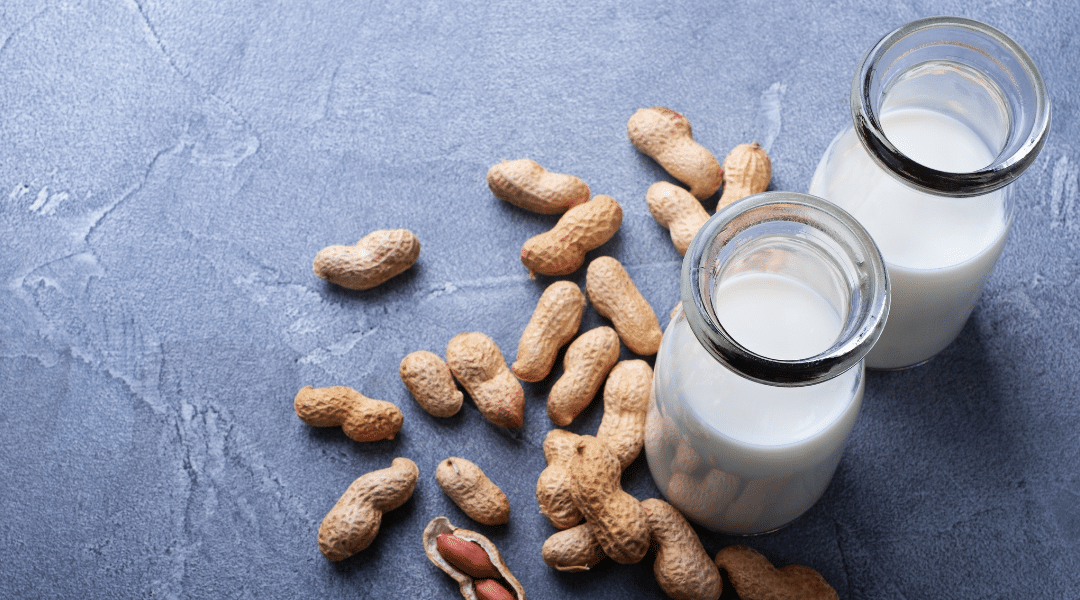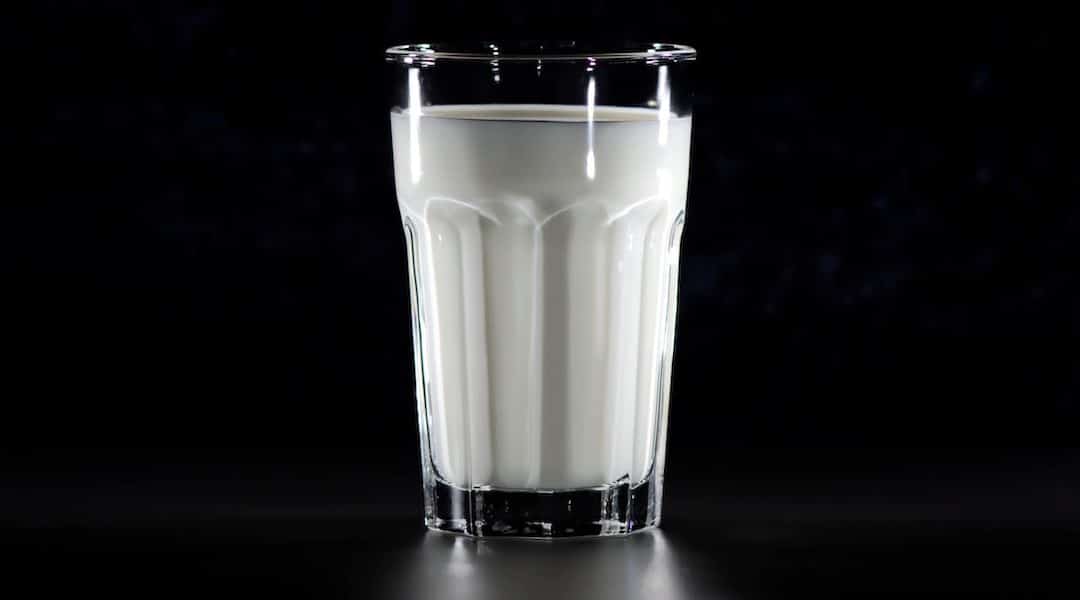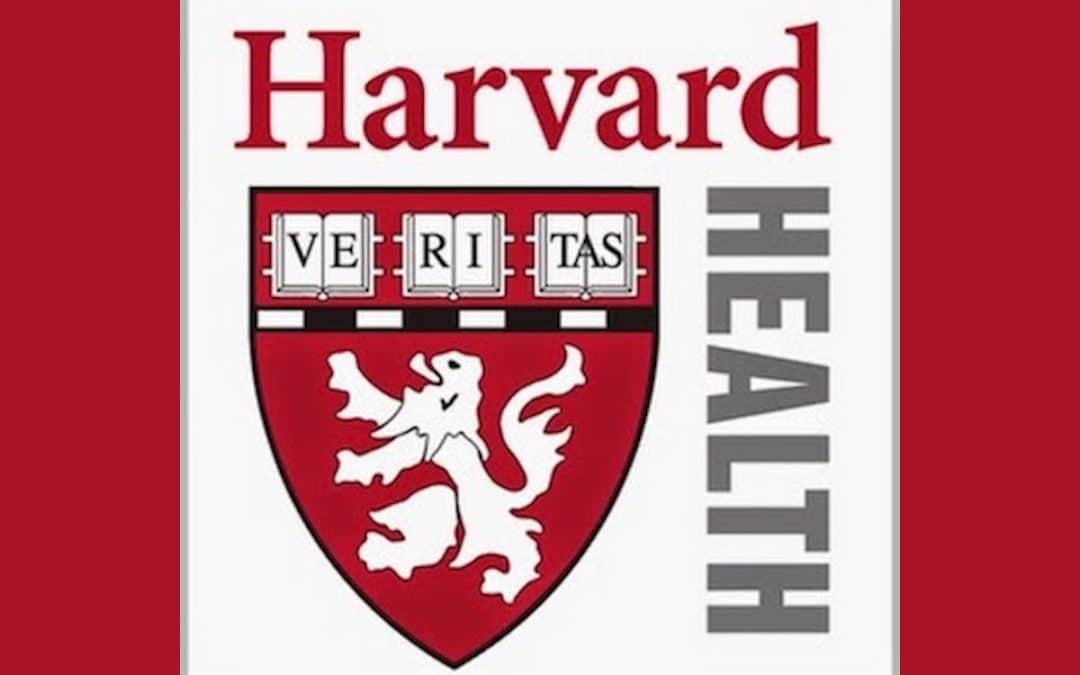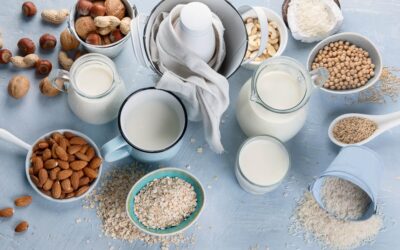The dairy-free trend is on the rise, as is the prevalence of lactose-free products. Here’s the thing: they’re not the same. Lactose-free products still contain dairy and many of the health issues associated with it. This grey area can be confusing and jeopardize consumer confidence when making purchase decisions. How can we make the right choice for our health when we’re burdened with misleading product labels? Here is everything you need to know about dairy-free and lactose-free products.
Dairy-free vs lactose-free
Dairy-free products do not contain any dairy in any form. This means no animal milk, milk powder, cream, milk protein isolates, whey, casein, or other dairy derivatives. Lactose-free products contain milk, but lactase enzymes are added to break down the lactose—a sugar found in dairy. Lactose-free products are designed by milk manufacturers for those with lactose intolerance. By adding the lactase enzymes (which lactose intolerant individuals lack), manufacturers are hoping the milk will essentially be predigested. Considering that 36 percent of the US population is lactose intolerant (the number skyrockets to 65 percent worldwide), the dairy industry would lose an astronomical amount of money if this demographic stopped purchasing milk products. Engineered lactose-free milk and other dairy products are the industry’s attempt to win back the market.
The bottom line: lactose-free products contain dairy, and dairy-free products do not.
What is lactose intolerance?
Lactose intolerance occurs when an individual can no longer properly digest lactose—a sugar found in all dairy products. The person’s body either doesn’t have enough or stops producing lactase—the enzyme needed to break down lactose. Some are born lactose intolerant, but it is more common to develop it over time. It is a natural evolutionary process and completely normal. After weaning, the body assumes it will not have to break down breast milk any longer, so it stops producing the enzyme for milk (lactase). Evolution has not yet caught up with the fact that some humans switch to breast milk from another species after infancy, typically, cow’s milk.
Typical symptoms of lactose intolerance include bloating, gas, abdominal pain, diarrhea, and—in some severe cases—vomiting. Depending on the individual, these symptoms range from mildly uncomfortable to extremely debilitating. Symptoms occur every time an affected individual consumes dairy, usually between 30 minutes to two hours afterward. There is no cure for lactose intolerance. The only way to avoid symptoms is to avoid all dairy completely and choose dairy-free (not lactose-free) foods.
What are the benefits of lactose-free milk?
Lactose-free products claim to be easier to digest for those with lactose intolerance. The idea is that by adding lactase enzymes, the milk will become more digestible and the symptoms associated with lactose intolerance will be more mild or nonexistent. The results are mixed. Those with less severe forms of lactose intolerance tend to fare better with lactose-free dairy, but symptoms may still persist for some.
What are the benefits of dairy-free?
Due to the fact that dairy-free milk and other products are completely devoid of animal-based milk, they do not trigger lactose intolerance symptoms. Dairy-free milk is also safe for those with dairy allergies. Dairy-free products are made from plants such as oats, almonds, cashews, soybeans, peas, coconuts, hemp and flax seeds, rice, and hazelnuts. There is a store bought dairy-free option for virtually all dairy products including milk, ice cream, yogurt, protein powder, whipped cream, coffee creamer, and more. For a list of stellar dairy-free alternatives, see our comprehensive guide.
Is lactose-free milk healthy?
Because lactose-free milk and other dairy products contain milk from an animal, they are not a healthy option. While some may find relief from gastrointestinal discomfort, these products still contain the saturated and trans fats, cholesterol, inflammatory properties, and natural bovine hormones found in every single dairy product. While lactose can be somewhat manipulated by adding enzymes, it is impossible to produce dairy that is free from these harmful substances. If it comes from an udder, there is no way to zap out the cholesterol, hormones, or suspect compounds like IGF-1 and Neu5gc.
Lactose-free milk and other lactose-free dairy products are not healthy.
Dairy allergies and lactose-free milk
A dairy allergy is entirely different from lactose intolerance. While dairy allergies affect fewer people (about 6.1 million in the US), it is the most common food allergy among children and one of the most common among adults. A dairy allergy is an immune response to the casein or whey proteins found in animal milk. The body views these compounds as foreign invaders and reacts in combat mode. Symptoms of a dairy allergy may include wheezing, hives, rash, swelling, and in severe cases, anaphylaxis. Lactose-free dairy products are not safe for those with dairy allergies, as it’s not the lactose that is the problem, but the actual proteins that make up milk. Those with dairy allergies need to be particularly vigilant about avoiding all dairy.
Lactose-free milk and other products
Common brands of lactose-free products include Lactaid (milk, ice cream), a2 milk, Organic Valley Lactose-Free milk, Organic Horizon Lactose-Free milk, and Breyers Lactose-Free ice cream. While these brands may look promising, they are not dairy-free and still contain saturated and trans fats, cholesterol, hormones, and inflammatory properties.
Dairy-free milk and other products
There are a plethora of dairy-free and non-dairy products available in grocers and supermarkets. With the exception of a few coffee creamers (some powdered coffee creamers—like Coffee Mate—contain sodium caseinate which is a derivative of dairy) products labeled dairy-free or non-dairy do not contain any animal milk.
For our favorite dairy-free milk, ice cream, coffee creamer, yogurt, and more, check out our Ultimate Guide to Dairy-Free Alternatives.
Is dairy-free or lactose-free better for you?
Lactose-free milk and other products still contain animal milk, making it an unhealthy choice. Lactose or not, animal milk negatively affects human health in a number of ways—from bloating to setting the stage for more serious issues such as cancer and heart disease. Going dairy-free is the only way to feel your absolute best every single day.
Dairy derivatives to watch for
Animal milk is present in more than just the suspect foods like yogurt and ice cream—everything from baked goods to crackers may contain dairy. Here is a list of dairy derivatives to look out for if you’re trying to avoid dairy:
Milk
Cream
Yogurt
Butter / butter solids / butter powder
Casein / caseinate
Whey / whey powder
Milk derivative
Milk powder
Milk fat
Milk solids
Milk protein
Milk solids
Lactose








